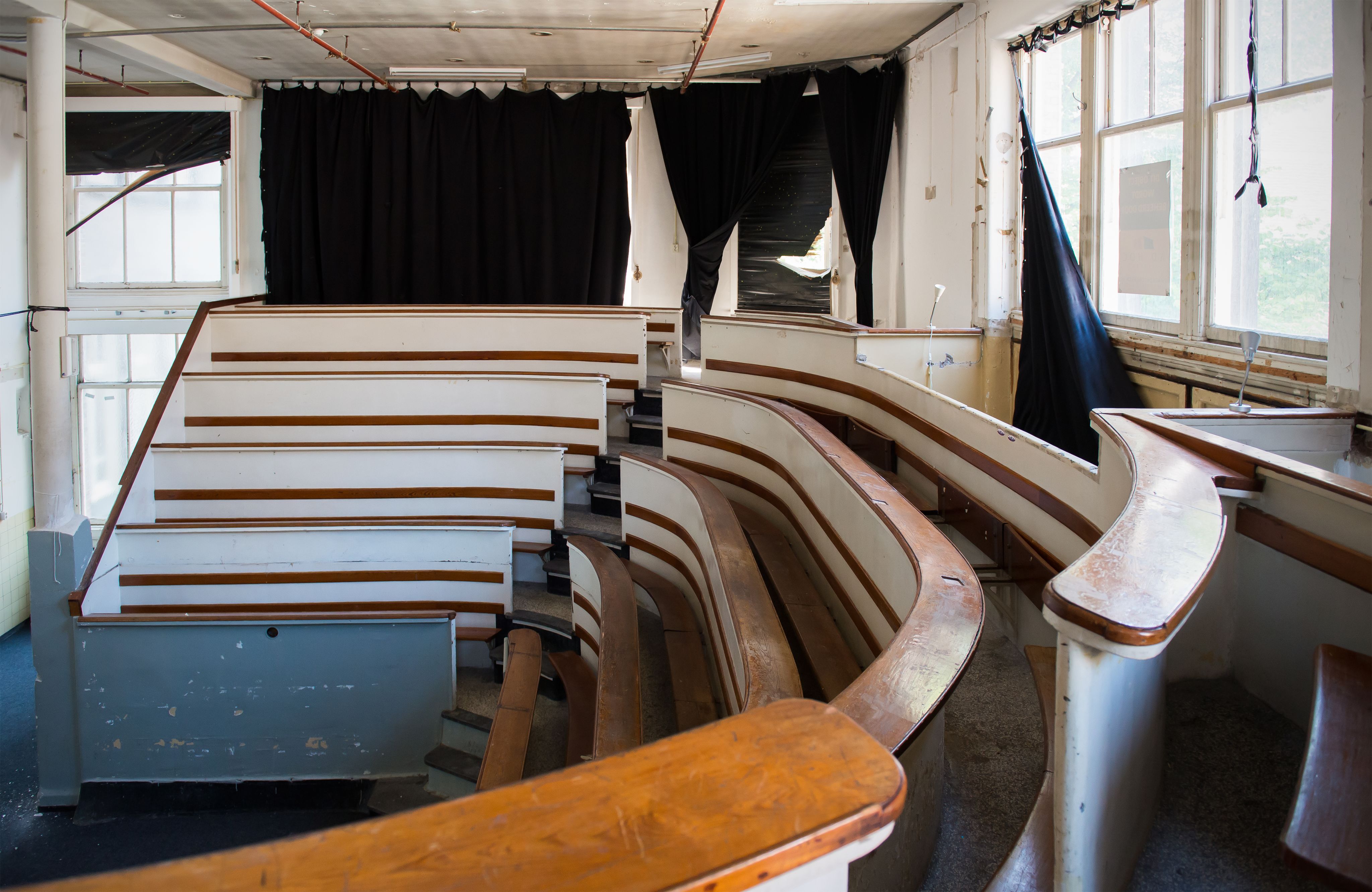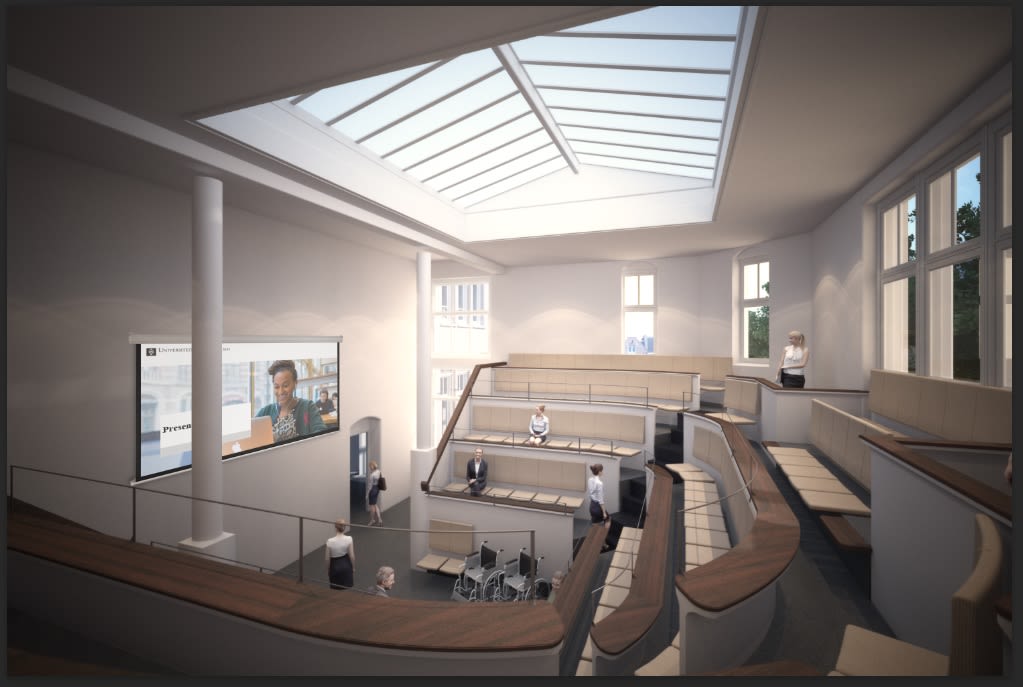Real Estate Development
Directors of Spatial Campus Development
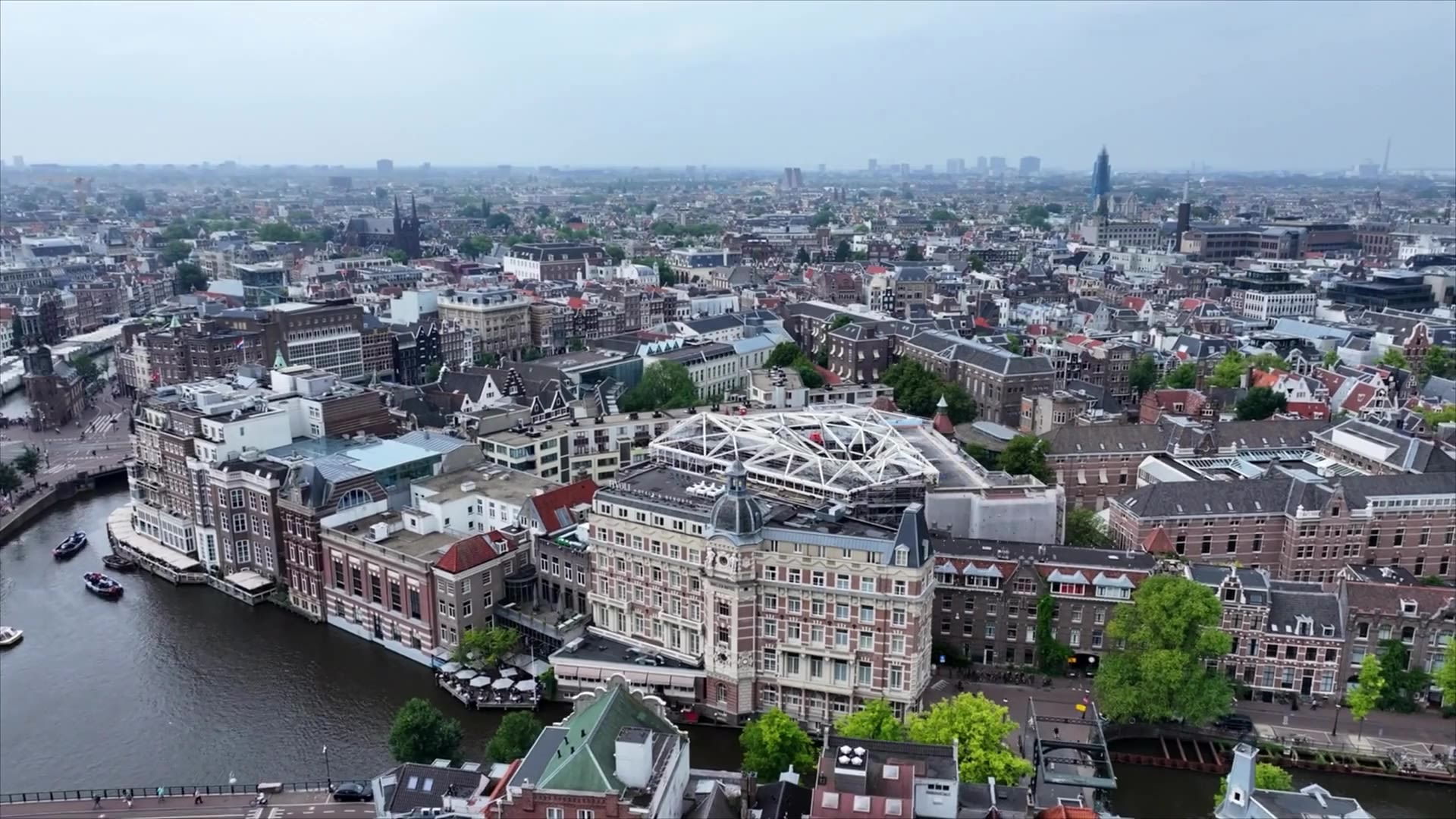
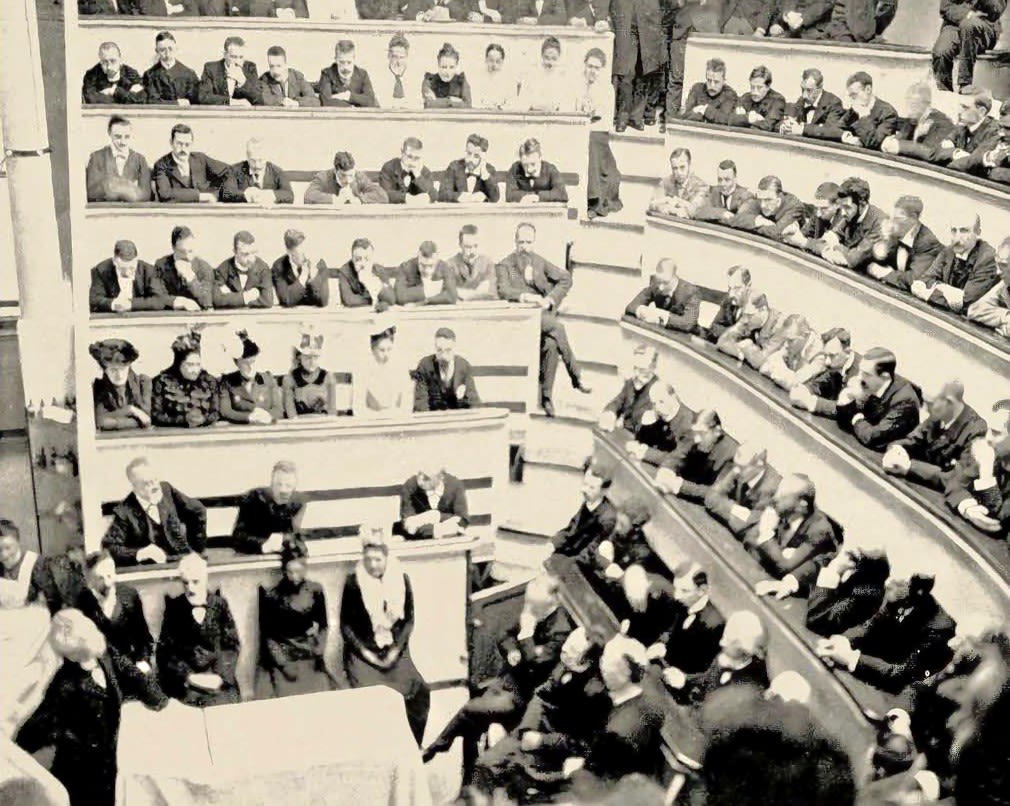
From a medieval surgical theatre...
...to a modern lecture hall
A campus where a continuous flow of young individuals receives knowledge in state-of-the-art lecture halls to realize their ideals in the future.
An ecosystem where UvA researchers creatively and inspiringly collaborate with colleagues from other faculties, knowledge institutions, and businesses to translate acquired knowledge into spin-offs and startups.
In attractive, multifunctional, climate-neutral, and low-maintenance buildings where employees work motivated and with pleasure, proud to contribute to that process.
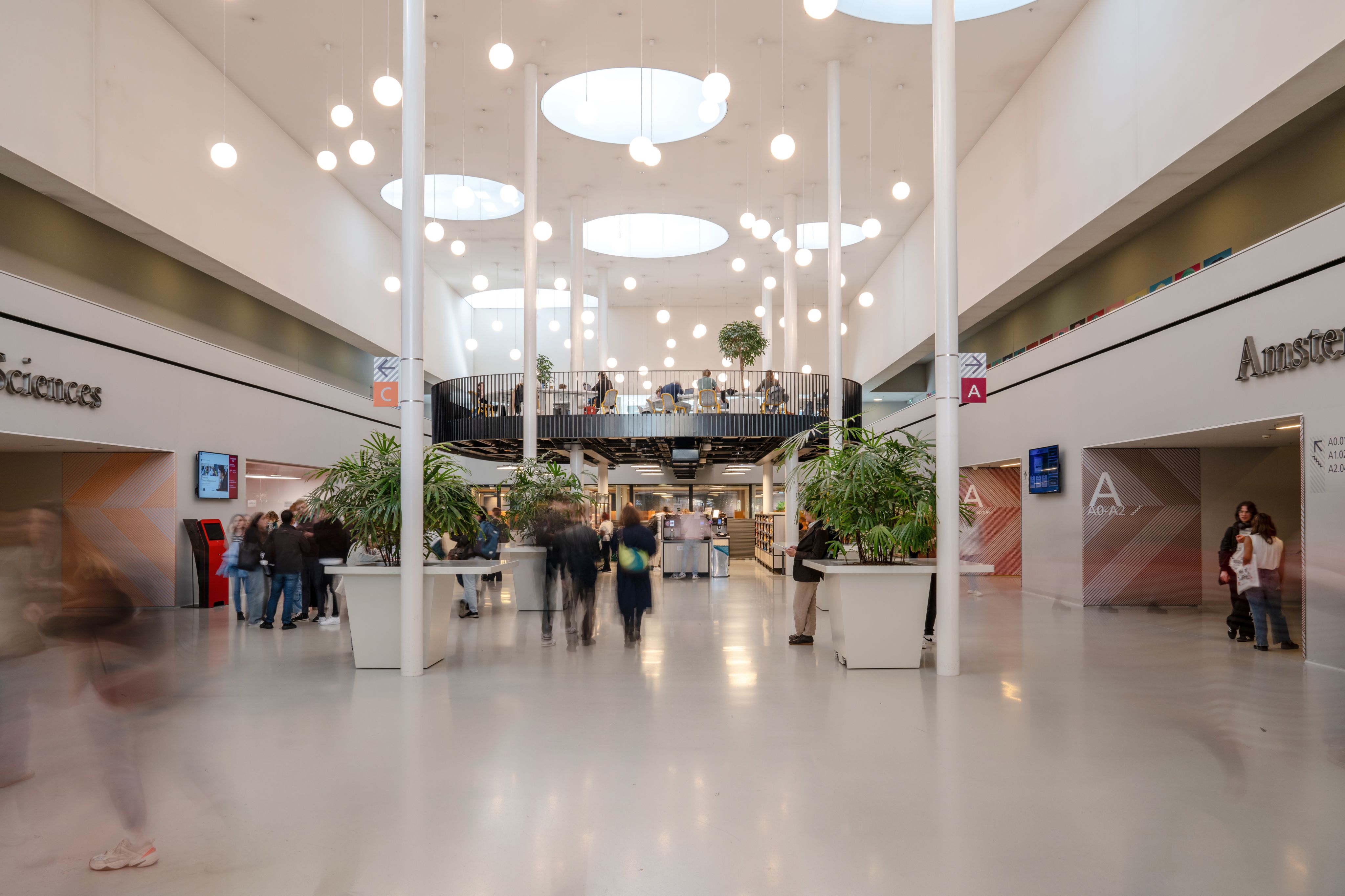
1. About Real Estate Development
The realisation of spatial projects is a complex process, inherent to the development and construction process with numerous variables and determining factors. The process also has a long duration with a strongly sequential nature. Despite a carefully conducted risk assessment, unexpected events can impact subsequent phases of a project.
Meanwhile, scope changes, reconsiderations, and adjustments are always lurking. This applies to all programmes and construction projects, making a developer, in addition to realising the project itself, primarily engaged in reducing uncertainties and managing risks and expectations. Developers do not appreciate surprises, at least not in their work. Predictable, controllable, and clear—these are the qualities a developer aims to embody.
Developing real estate for academic facilities adds another layer of complexity. Translating the primary processes of a leading university with all its facets into a concrete development challenge and then realising it within the specified time and budget is a daunting task. Achieving this feat in a city like Amsterdam, with its limited space for construction logistics, specific regulations, monumental preferences, vocal citizens, and metropolitan ambitions, takes it to the next level.
Welcome to the Real Estate Development department of the UvA!
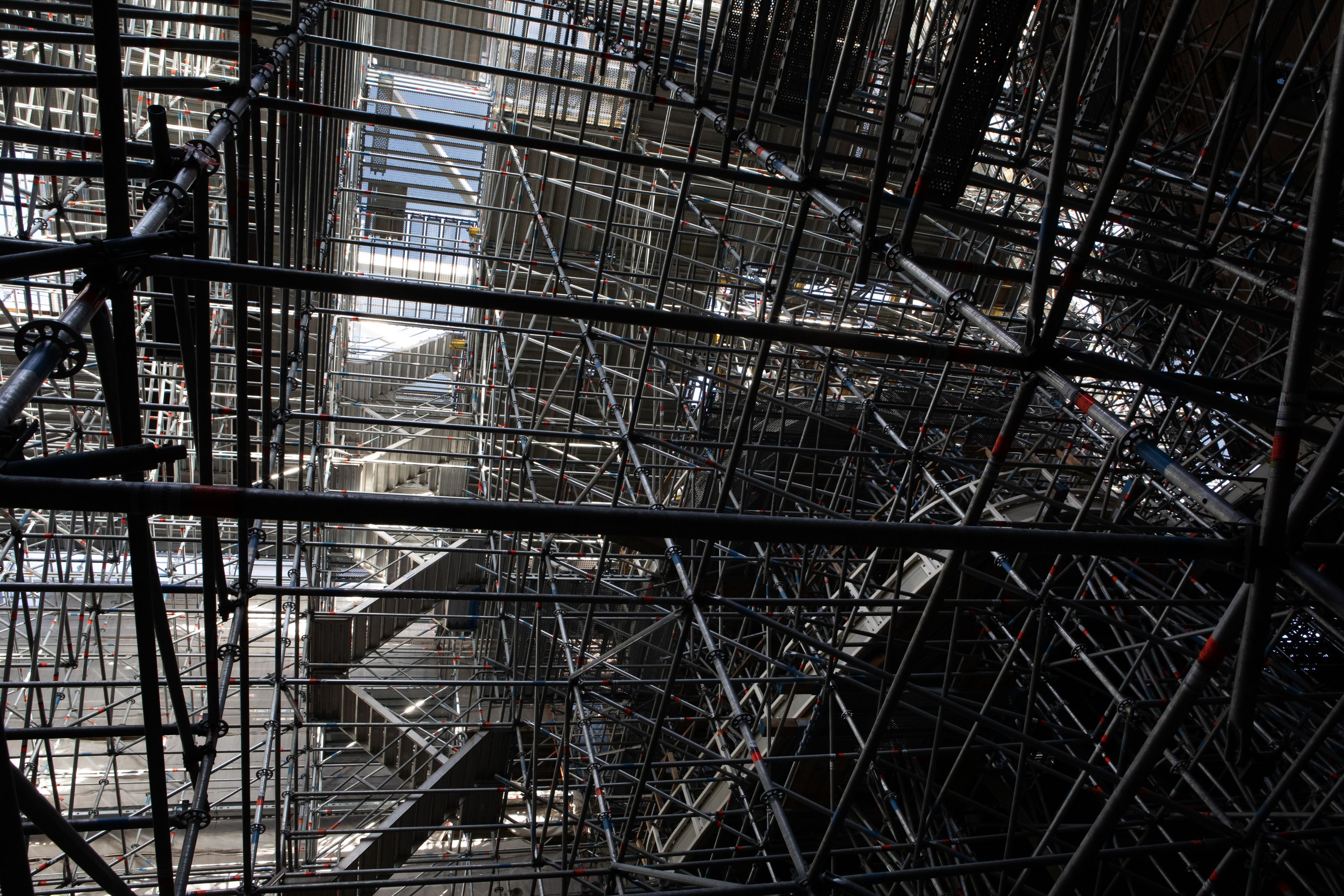
2. UvA and the city
Knowledge knows no fixed abode. The process of knowledge transfer and development thrives on state-of-the-art accommodation. Housing academic facilities is more than a mere necessity for the international reputation of a university like the UvA; strategically, it is also crucial for Amsterdam as a regional knowledge city. Amsterdam has expressed the ambition to be the knowledge capital of Europe by 2050.
To enhance its allure, Amsterdam follows a strategy of 'innovation districts.' These are concentrated knowledge areas that act as magnetic fields for Amsterdam's ambitions. The core of this strategy is to exchange knowledge to generate new ideas. Keywords: 'encounter' and 'interaction' because, as the city understands, innovation is a contact sport. The UvA campuses, each with its unique character, dynamics, and potential, are designated by Amsterdam as innovation districts.
Knowledge knows no fixed abode.
Photo of scaffolding: construction site of the new University Library (photo: Bert Wisse)
2. UvA and the city
Knowledge knows no fixed abode. The process of knowledge transfer and development thrives on state-of-the-art accommodation. Housing academic facilities is more than a mere necessity for the international reputation of a university like the UvA; strategically, it is also crucial for Amsterdam as a regional knowledge city. Amsterdam has expressed the ambition to be the knowledge capital of Europe by 2050.
To enhance its allure, Amsterdam follows a strategy of 'innovation districts.' These are concentrated knowledge areas that act as magnetic fields for Amsterdam's ambitions. The core of this strategy is to exchange knowledge to generate new ideas. Keywords: 'encounter' and 'interaction' because, as the city understands, innovation is a contact sport. The UvA campuses, each with its unique character, dynamics, and potential, are designated by Amsterdam as innovation districts.
Knowledge knows no fixed abode.
In the heart of Amsterdam
University Quarter | Amsterdam City Centre
Faculty of Humanities
Ongoing Projects (click to read more)
Roeterseilandcampus | Amsterdam City Centre
Faculty of Economics and Business
Faculty of Social and Behavioural Sciences
Faculty of Law
Ongoing Projects (click to read more)

3. Scientific innovation
The UvA aims to further solidify its position as a broad top-tier university, with scientific innovation being a core concept. To achieve this, the UvA has concentrated its wide range of research and educational facilities on the four campuses, as dispersed housing doesn't offer the advantages that clustering can provide. Subsequently, the UvA aims to quickly and continuously adapt this range. This adjustment could be due to quality requirements, new forms of education, digitization, or the growth or reduction of the student population.
Furthermore, the UvA seeks to challenge students and researchers within the academic environment to look beyond the boundaries of their own fields. This can only happen if the organization is agile in processes of change and flexible in daily operations. Therefore, in alignment with the Strategic Plan 2021-2026, the UvA intends to encourage teamwork, entrepreneurship, and 'agile management' for research and education in the coming years. These principles are also to be translated into spatial campus development.
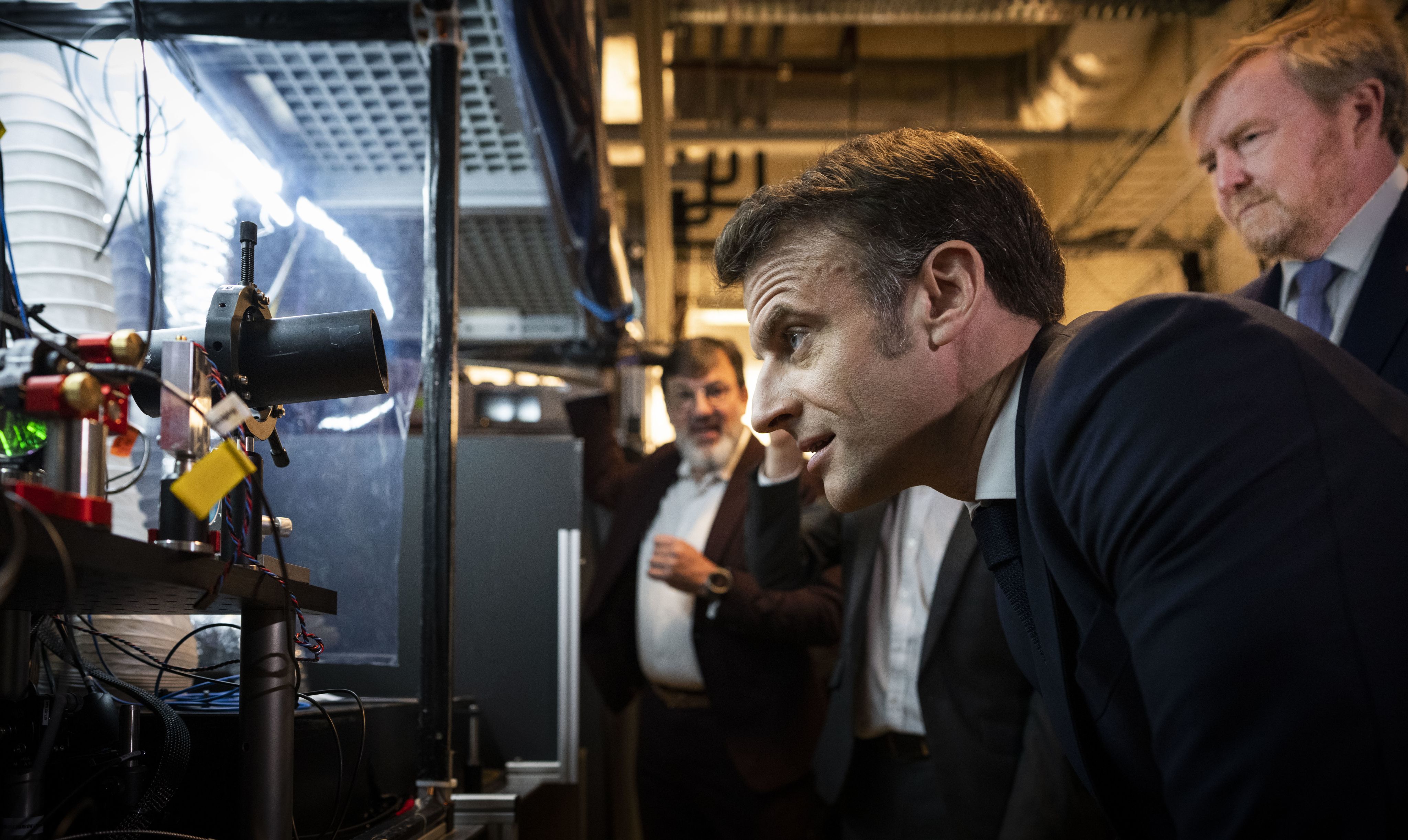
Quantum Tour for King Willem-Alexander and French President Macron, Amsterdam Science Park (photo: Freek van den Bergh)
Quantum Tour for King Willem-Alexander and French President Macron, Amsterdam Science Park (photo: Freek van den Bergh)
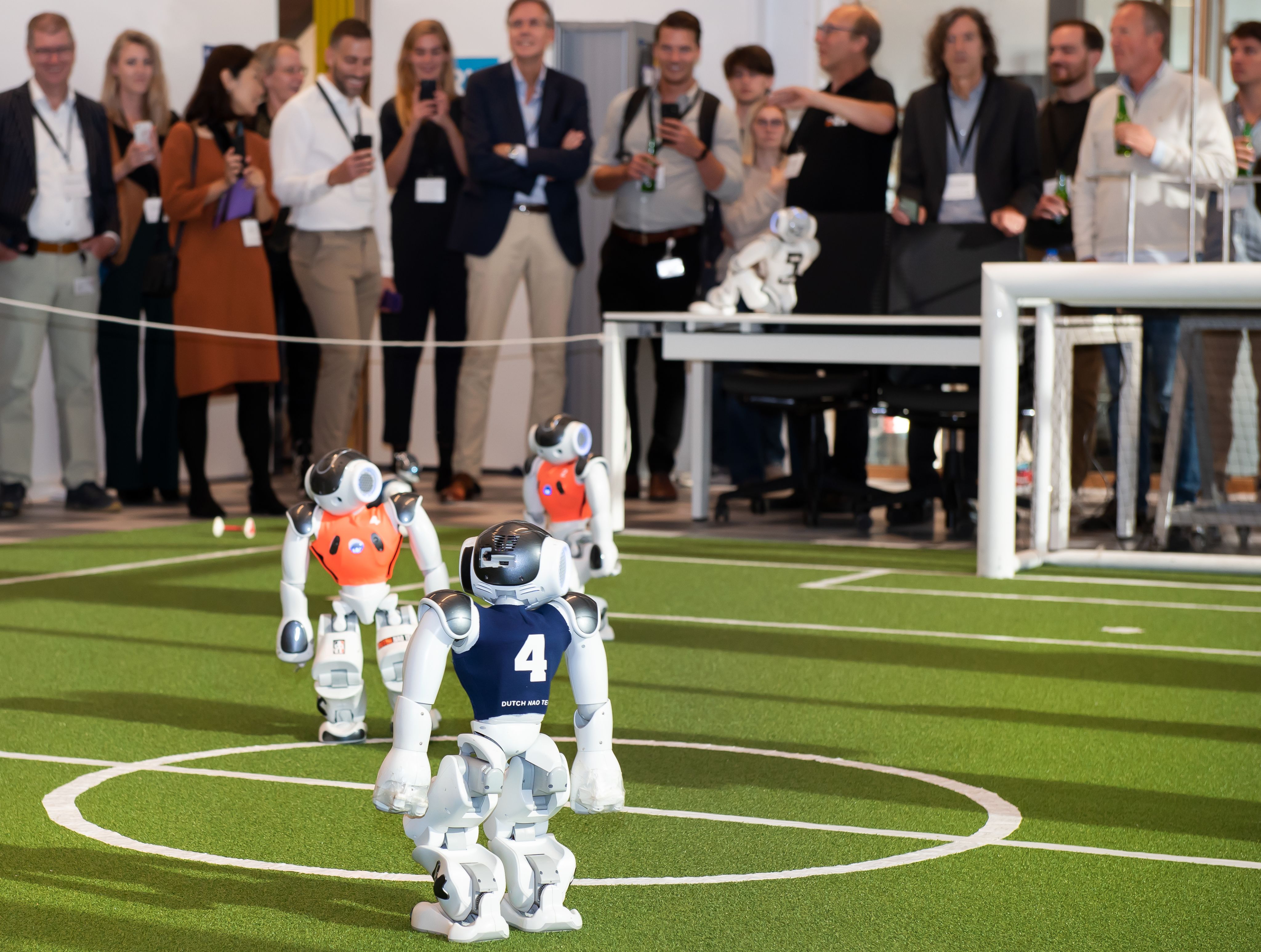
3. Scientific innovation
The UvA aims to further solidify its position as a broad top-tier university, with scientific innovation being a core concept. To achieve this, the UvA has concentrated its wide range of research and educational facilities on the four campuses, as dispersed housing doesn't offer the advantages that clustering can provide. Subsequently, the UvA aims to quickly and continuously adapt this range. This adjustment could be due to quality requirements, new forms of education, digitization, or the growth or reduction of the student population.
Furthermore, the UvA seeks to challenge students and researchers within the academic environment to look beyond the boundaries of their own fields. This can only happen if the organization is agile in processes of change and flexible in daily operations. Therefore, in alignment with the Strategic Plan 2021-2026, the UvA intends to encourage teamwork, entrepreneurship, and 'agile management' for research and education in the coming years. These principles are also to be translated into spatial campus development.

Quantum Tour for King Willem-Alexander and French President Macron, Amsterdam Science Park (photo: Freek van den Bergh)
Quantum Tour for King Willem-Alexander and French President Macron, Amsterdam Science Park (photo: Freek van den Bergh)

4. Real Estate and the UvA
The scale and quality of university real estate never exactly match current spatial needs. The UvA's Accommodations Plan, in its long-term outlook, takes into account a certain degree of growth or reduction. Trends such as blended learning for students and remote work for staff also influence this. However, the UvA has been consistently growing for decades, explaining the urgency in addressing space-related challenges from the faculties.
Yet, nowadays, it's not just about functional square meters for faculties. It's about innovative housing concepts that encourage users to collaborate with businesses and other knowledge institutions in applied research. This involves creating campuses and buildings that foster encounters, interactions, co-creation, and interdisciplinary scientific practices. It's about providing adequate facilities, high-quality spaces, excellent accessibility, and an open connection with their surroundings and the city centre. How do you tailor development to fit these needs?
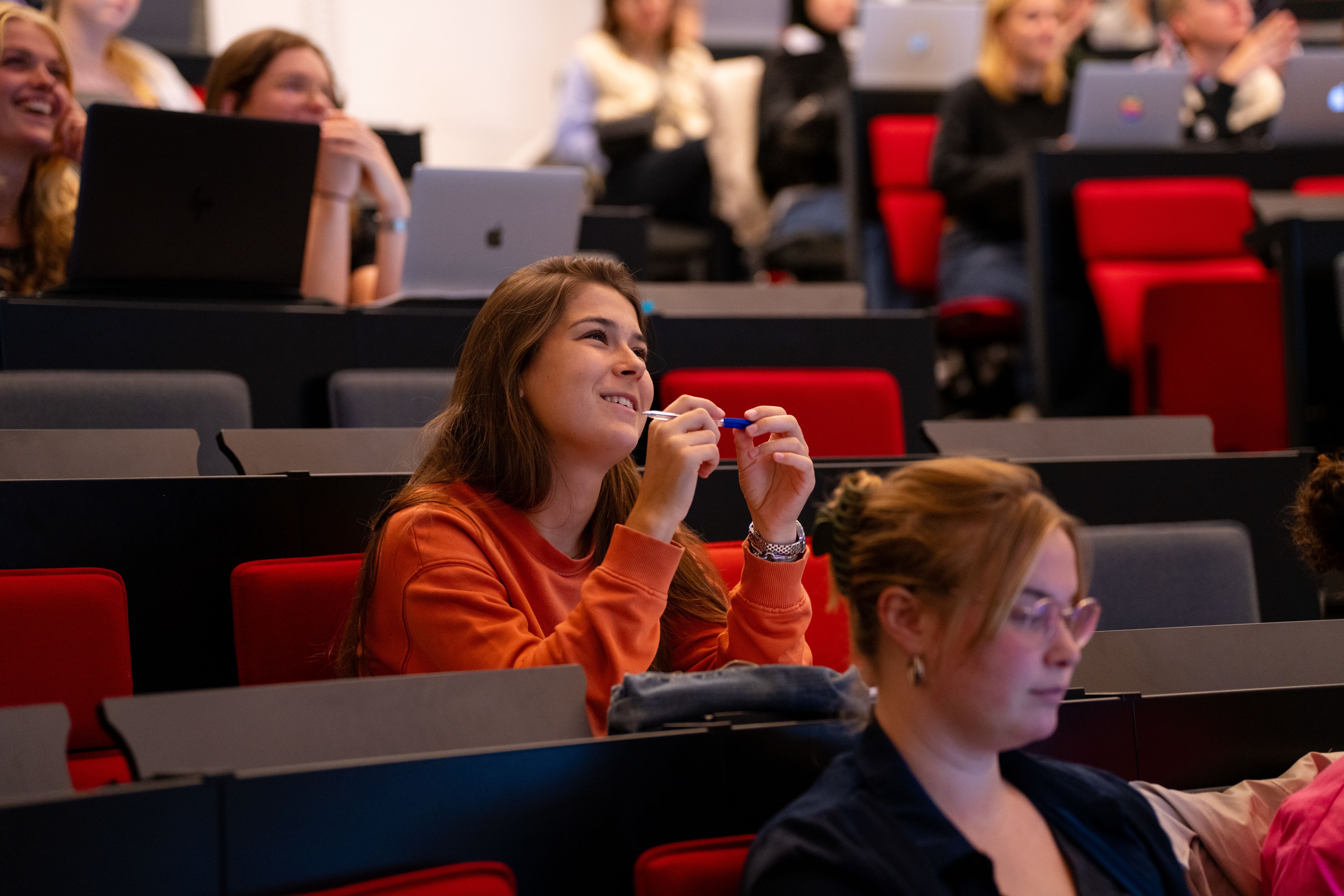
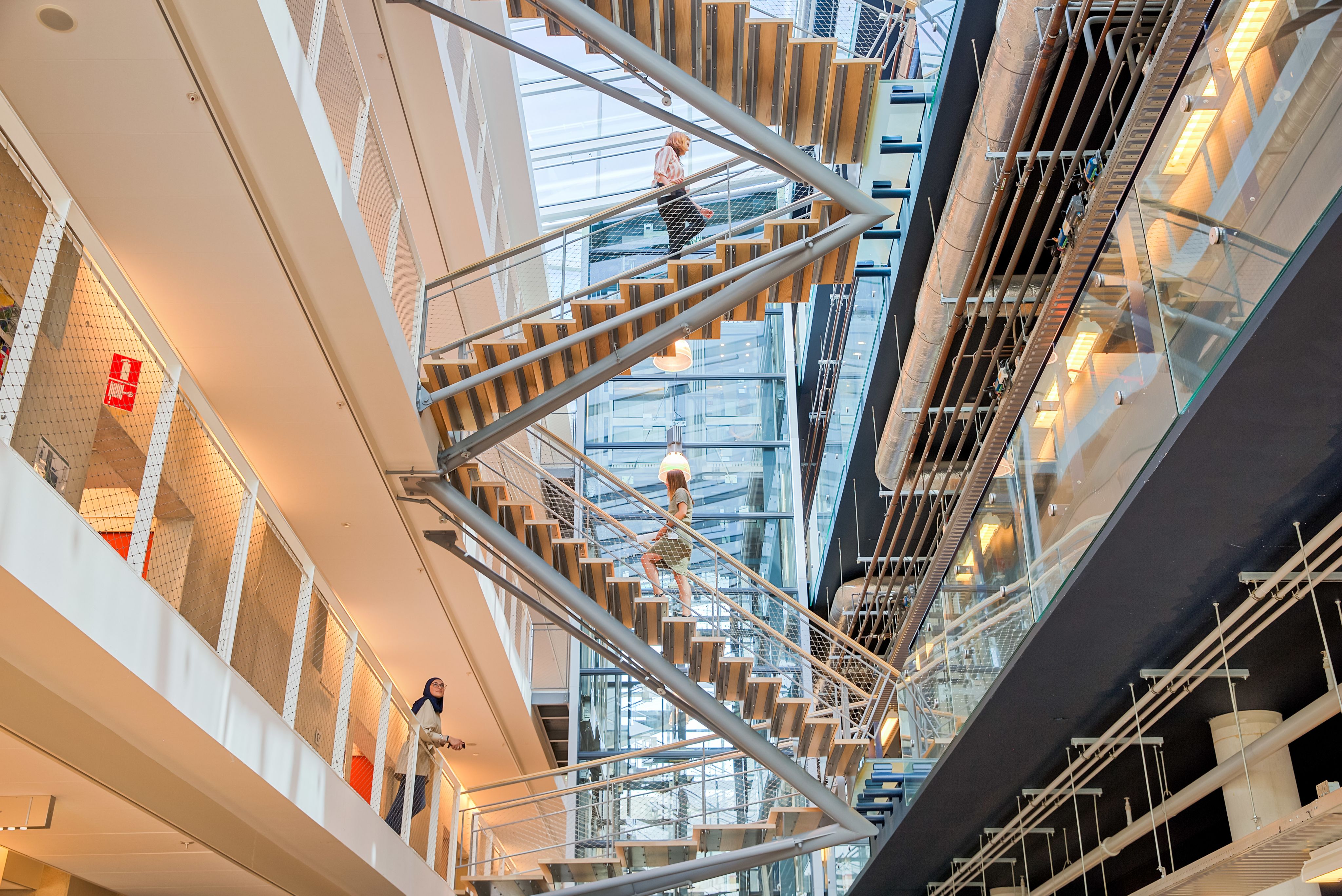
5. The four pillars of property
The UvA has framed real estate development within what is known as the four pillars of property, a collaboration involving the owner, user, manager, and developer. The owner acts as the principal and oversees the budget, planning, and accountability. The user can also be a third party but is typically one of the faculties or a staff/service with housing responsibilities. The expertise of the manager encompasses a multitude of aspects: in addition to operation, it involves sustainability requirements, circular materials, fire safety, health, liveability, installations, susceptibility to malfunctions, and maintenance.
Within the four pillars of property, the Real Estate Development department takes a leading role in actually realizing real estate. An important aspect of this leading role is translating the campus vision spatially into new construction and renovation. Additionally, it involves incorporating the interests of other campus residents, neighbours, and the municipality in the design and implementation. Decisions regarding construction projects and campus development are prepared under the direction of Real Estate Development, scheduled for discussion a steering committee, and, where necessary, submitted for decision-making to the Executive Board.
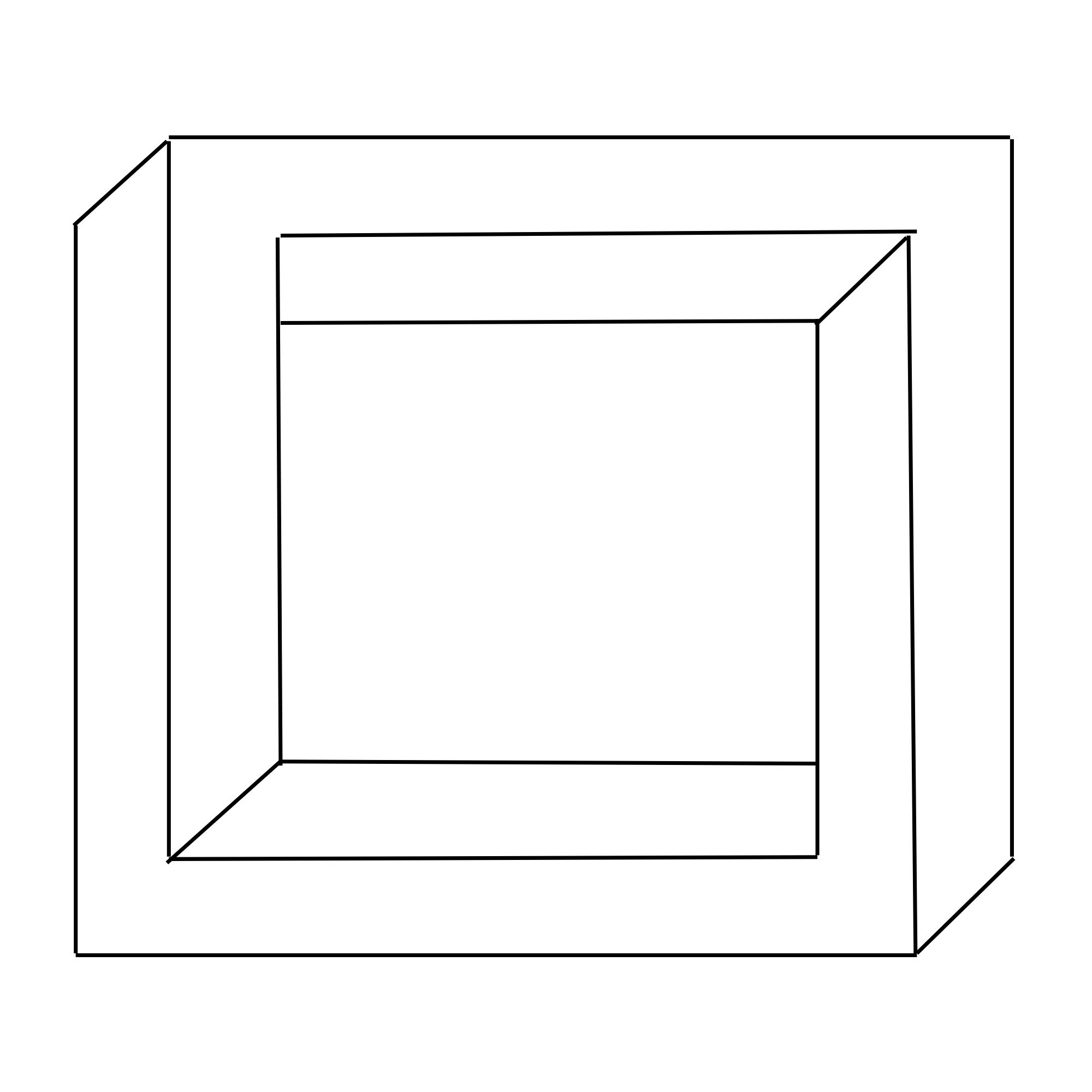

6. The Real Estate Development department
The Real Estate Development department is a small team in a vast arena. Within the department, a wealth of expertise has been gathered: programme management, project management, risk management, process expertise, cost expertise, administration, contract knowledge, environmental management, education expertise, communication, and community management. The latter is intended to put the valorisation concept into action on the campuses. The culture is one of purposeful, task-oriented, result-driven individuals. Experts who have practical experience know that as a developer, you must also be process-oriented and relationship-oriented. Otherwise, achieving your goals becomes challenging.
The Real Estate Development department is a programme and project organisation, and that also characterises the culture: informal and solution-oriented. It is a flat organisation, agile, and flexible. In their work, the employees of the Real Estate Development department are independent networkers: coordinating, aligning parties, positioning the programme or project, introducing the campus vision to the project, involving and safeguarding the interests of internal and external stakeholders in the project, identifying and mitigating risks and uncertainties —that's what the work consists of.
The Real Estate Development department aims to be a learning organisation. There is no ready-made approach for developing a campus. In recent years, the four pillars of property gained much experience in area development, urban planning, renovation and restoration, new construction, and management & maintenance. It involves experience with technology, collaboration, and long-term governance. This experience resides in the minds of individual experts and is not yet sufficiently documented. The ambition is to develop a standard method for evaluating, reflecting, sharing, and preserving knowledge and insights. An approach for this was developed in 2022, and its implementation began in 2023.
The Real Estate Development department is a small team in a vast arena. Within the department, a wealth of expertise has been gathered.
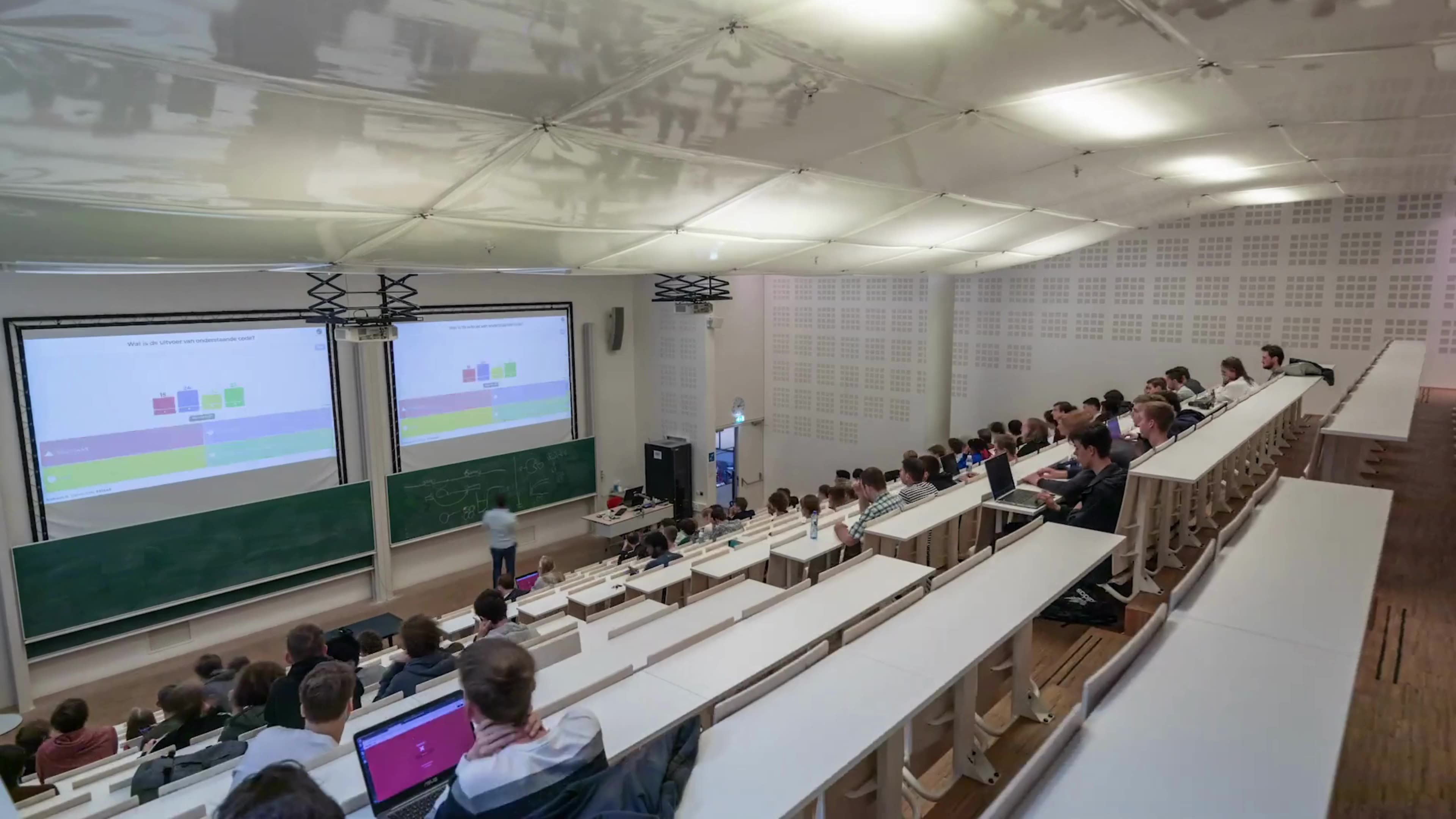
7. From demand-driven to vision-driven real estate development
The decision-making of the Executive Board results in programmes and concrete projects for each campus. In the strategic phase of real estate development, the Real Estate Development department is consulted. Subsequently, in the tactical phase, the Real Estate Development department takes a leading role concerning the spatial campus vision and the interests of third parties in housing challenges. To further strengthen this role, the department is working on transitioning to a more campus-team-oriented approach. These teams, consisting of a programme manager, project leader(s), and support, will be responsible for a programmatic development approach and its project-based execution.
According to the Real Estate Development department, every housing challenge starts with the vision of the campus. After all, housing projects must serve UvA's strategy. The Real Estate Development department refers to its own work as both spatial and real estate development. This is not yet a given, but it is the direction the Real Estate Development department aims to move towards. This means that the Real Estate Development department expects project leaders and programme managers to think critically and creatively about whether development plans align with the frameworks, principles, and conditions of the campus vision or the safeguarding of third-party interests.
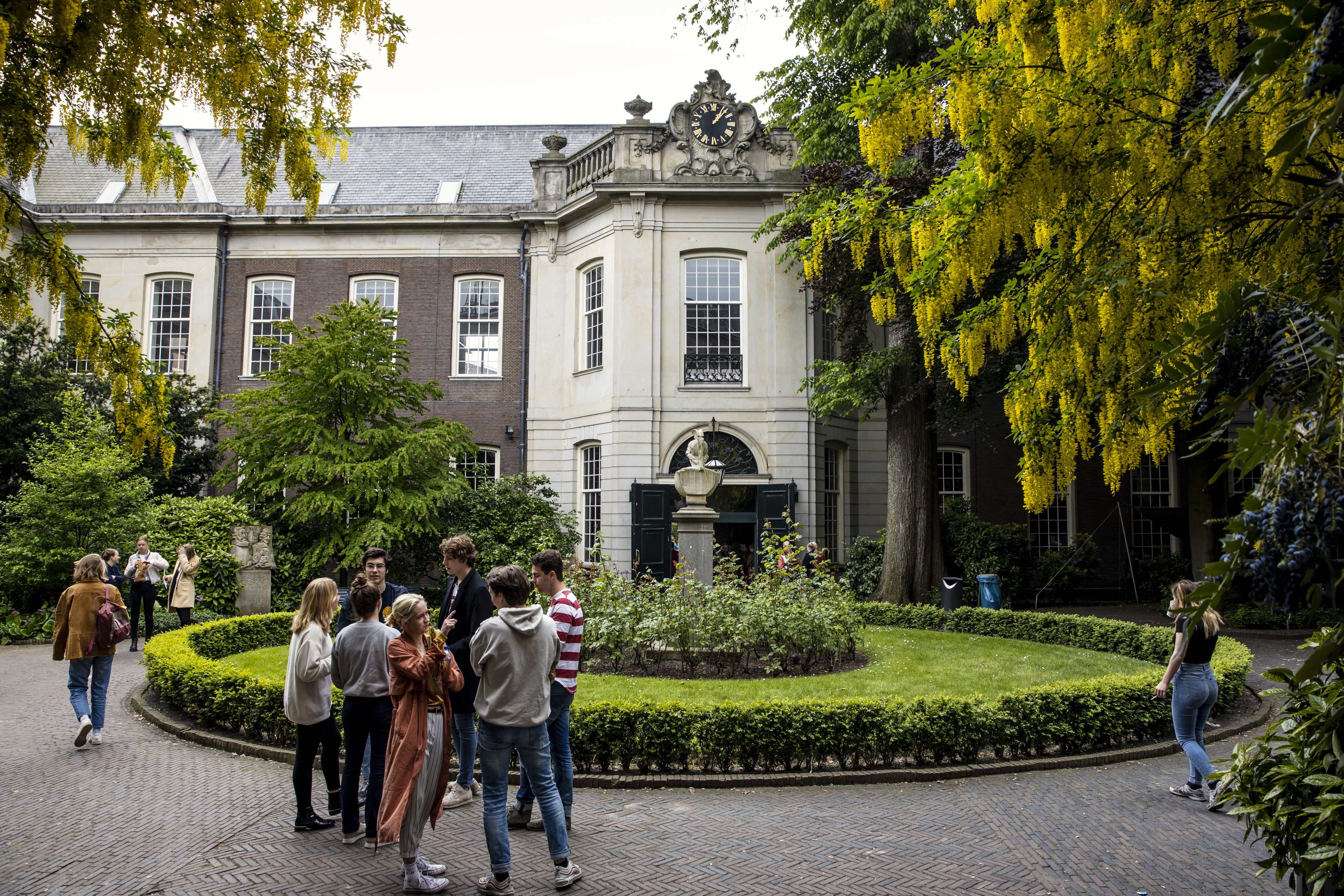
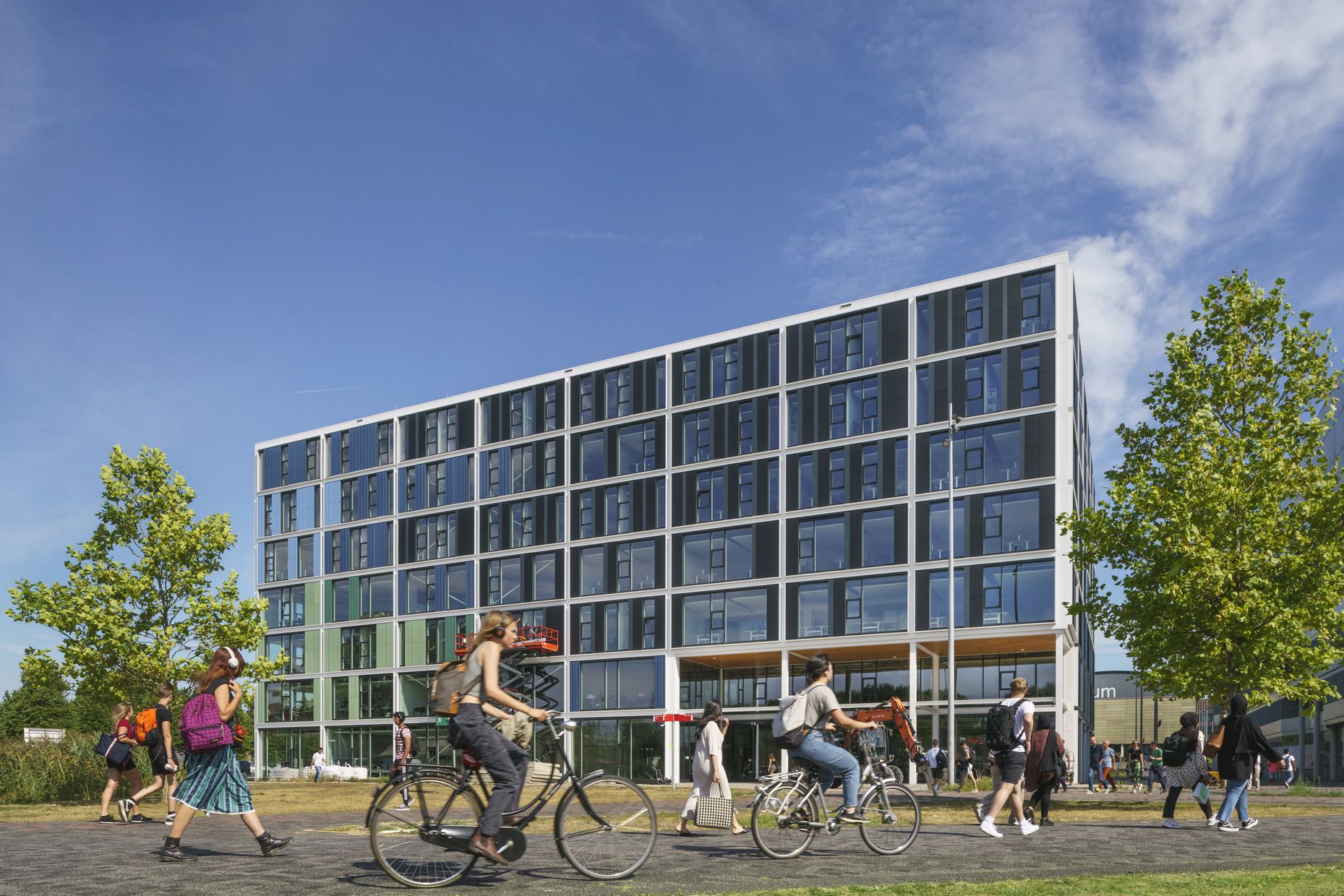
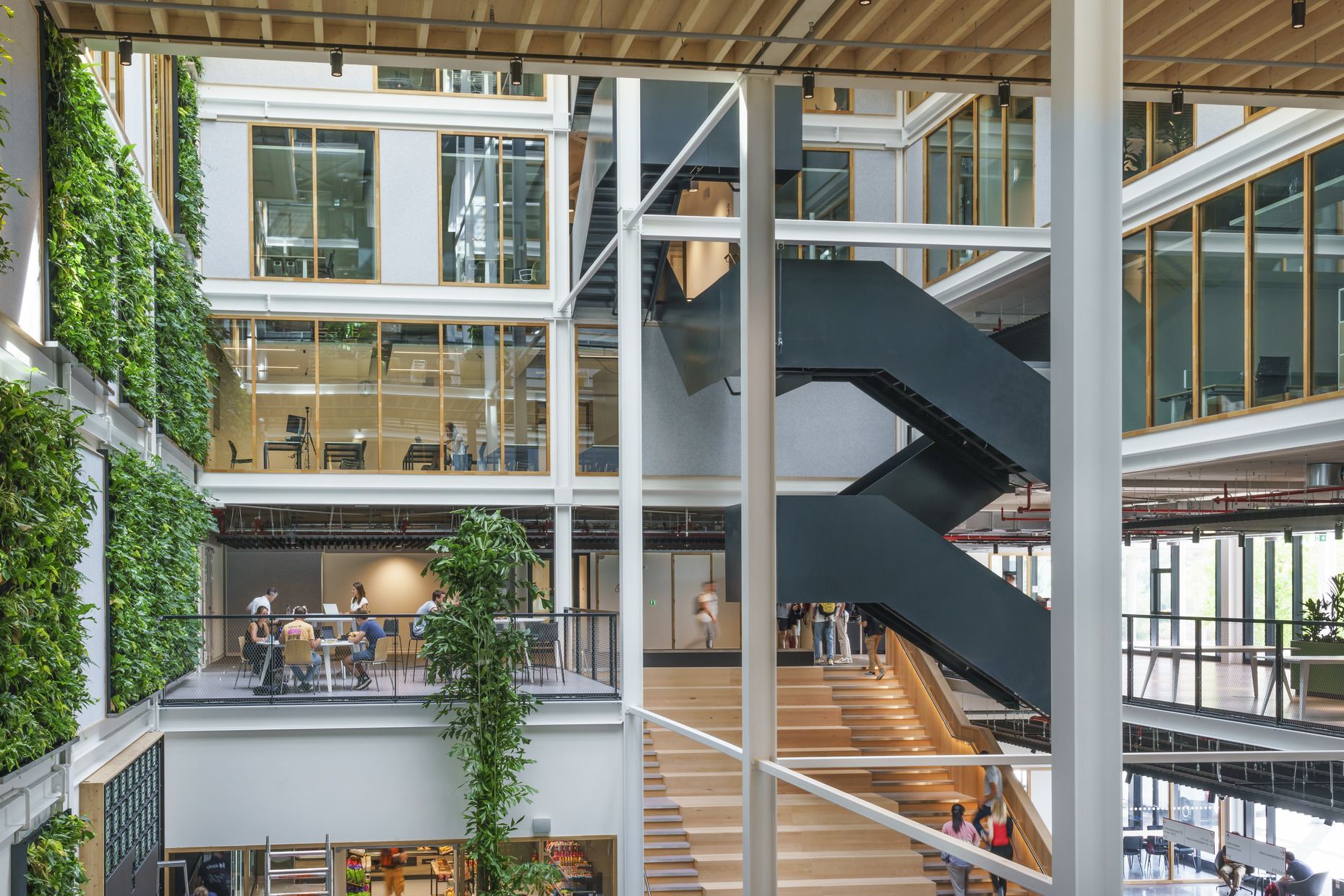
8. Phases of spatial campus development
1. Strategic phase
Trends and forecasts, such as student numbers, educational innovations, and regulations, lead to a desired real estate portfolio, including guidelines such as quality, budget, and planning. We translate this into concrete programmes and projects.
2. Tactical phase
For each campus, an integrated spatial challenge is formulated that contributes to the (strategic) goals of the faculties.
3. Initiation phase
It is precisely determined what needs to be delivered, whether it is feasible given the financial constraints, and what risks need to be taken into account.
4. Definition phase
This phase involves creating a project plan. This plan outlines how the project is managed in terms of money, risks, organisation, time, information, and quality (also known as the GROTIK method in Dutch). Attachments include the Programme of Requirements (POR), business case, and communications plan.
5. Design phase
The concept design, preliminary design, and final design lead to the technical design specification. These designs are continually assessed against the POR.
6. Tendering phase
After market consultation, we develop and implement the tendering strategy to find partners such as architects, structural engineers, and consultants.
7. Implementation phase
After thorough construction preparation, the contractor can commence activities such as construction, remodelling, or renovation. We oversee the process (according to the GROTIK method). This phase leads to the architectural completion.
8. Handover/Delivery
Upon acceptance by the Executive Board, Facility Services, and the future user(s), we proceed with matters related to occupancy. This includes relocation and furnishing, usage agreements and arrangements, and insurance. The building is now ready for use.
9. Continuing to contribute to the ambition
The Real Estate Development department is deeply committed to the cause. A positive outcome is always the priority. The key lies in collaboration with partners within and outside the UvA. To maximize collaboration, the Real Estate Development department engages in contacts with an open attitude. In relationships, the Real Estate Development department aims to provide added value by proactively, orchestrating, and contributing with expertise to the development of future-proof accommodations. If it is necessary for a better result, the Real Estate Development department will depart from conventional paths and push the boundaries.
To continue making an impact, the Real Estate Development department, in collaboration with partners in the four pillars of property, aims to keep housing plans in line with the campus vision and valorisation ambition in the coming years. In this way, the department contributes to the ambition of the UvA and the city of Amsterdam.
In the coming years, the Real Estate Development department aims to pay extra attention to the following topics:
- Spatial development
- Liveability and sustainability of campuses
- Innovative, flexible housing concepts for workplaces, meeting rooms, labs/education, and for catering/meetings
- Future-proof designs for educational, research, and meeting spaces
- Experimenting with a networking approach
- Improving decision-making frameworks and project tools
- Further refining project execution driven by objectives
- Advancing as a learning organisation

